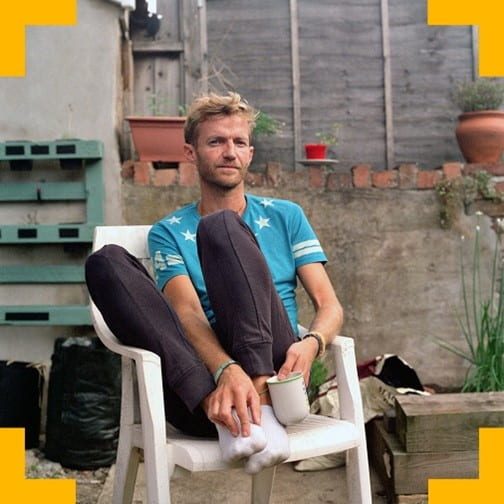We Are Still Here: Stories from the HIV & AIDS Community
To what extent can visual representations of living spaces offer an insight into the lived experiences and mental well-being of people in the HIV/AIDS community in the UK? This project will offer a forum where all members of society can re-engage with the HIV+ community.

At the 2012 XIX International AIDS Conference in Washington DC, much of the discussion was on the ‘end of AIDS’ and the prospects for an ‘AIDS-free generation’. While these headlines were phrased as aspirations, the lingering sense was that HIV/AIDS had been beaten. The last eight years has seen a steady decline in the visibility of HIV/AIDS in the public consciousness, despite nearly 37 million people in the world being HIV+. Even the terms HIV and AIDS are consistently confused, despite their intrinsic differences. Only 45% of the nation’s populace know how HIV can be transmitted, even though transmission is impossible in many cases. The result of all these facts has been that many who are living with HIV/AIDS are still invisible, while shamefully continuing to face the prejudice and stigma that has accompanied the pandemic from its early days. This research aims to use photography to make them visible again.
What did the project involve?
This interdisciplinary research project sought to investigate how living rooms are self-curated by the individuals who have been affected by HIV/AIDS, with especial regard directed to the mental health issues that come with ascertaining their own sense of place within society. Photography can immortalise and offer remembrance, but this medium is also a poignant and reassuring tool for survivors. Not to be forgotten are the families of both, and the difficulties that come with understanding a disease that is also experienced second-hand. The family portrait was examined as an institution of both exclusion and inclusion. If there is no image, there is no identity.
Who are the team and what do they bring?
- Dr Adrian Flint (Sociology, Politics, and International Relations) has been writing on the politics of HIV/AIDS for over a decade. Adrian’s work focuses on issues of structural violence and the need to decolonise narratives surrounding illness and disease as well as how popular culture serves to reinforce dominant (often racist) narratives pertaining to health and well-being.
- Mareike Günsche (Photographer, Senior Lecturer, University of Arts in Ulan Bator, Mongolia) uses participatory photography as a tool for empowerment with a focus on human rights, gender equality, and social change. Mareike is driven by the desire to use participatory photography to create visibility for a variety of perspectives.
- Martin Burns (Writer, HIV/AIDS activist and equality advocate) has written and spoken extensively on the subject of HIV/AIDS, and is principally focused on highlighting the prejudice, stigmatisation and ‘othering’ still experienced by those living with HIV/AIDS.
What were the results?
You can read more about the project in the Bristol 24/7 article A look into the lives of those in the HIV and AIDS community.
The project culminated in a curated exhibition as part of the Bristol Photo Festival.


Project Social Media